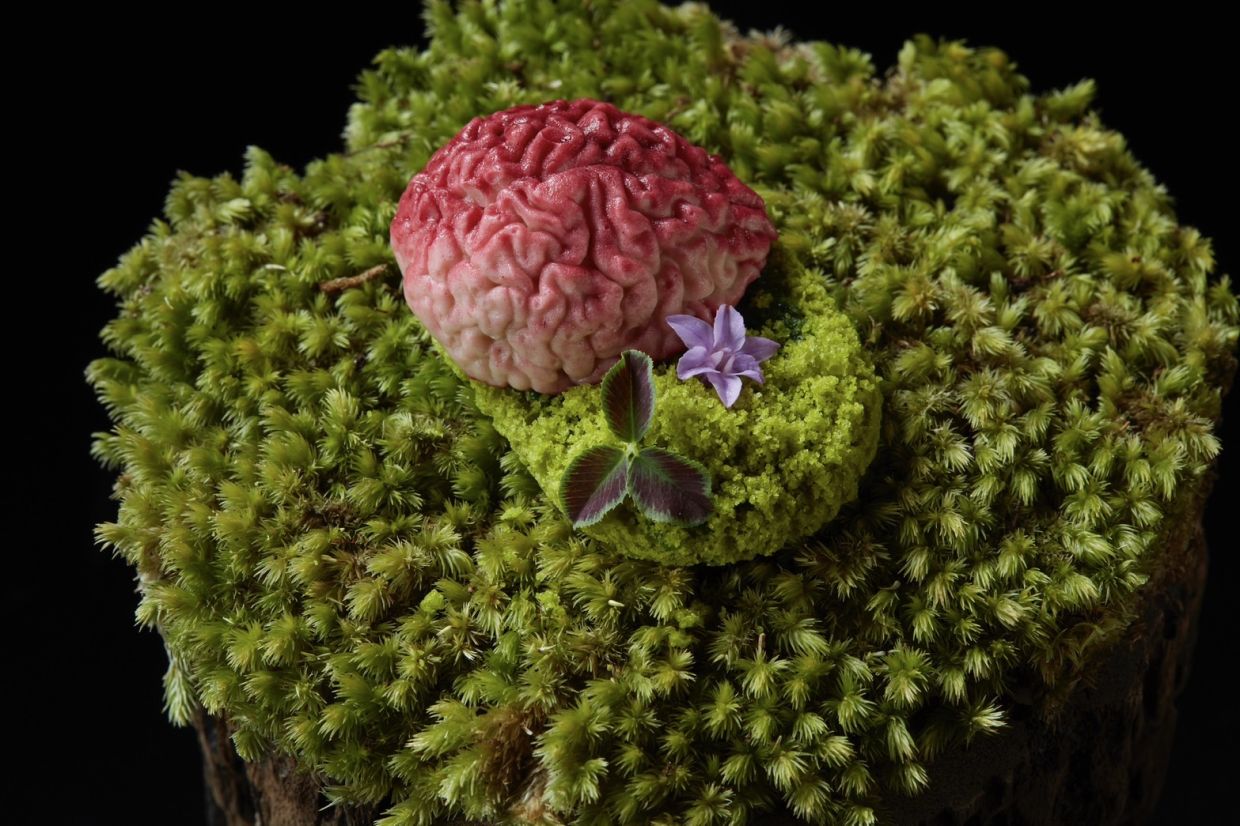
South Korea’s 2023 Year of the Rabbit maximum card. Photos: Mac Lee Kah Lock
In 1987, a stamp collector based in Penang spent RM30 on a Chinese zodiac stamp. Today, that stamp is worth over RM4,000.
“I bought it when I was 13 years old because I liked the design. I put the money inside an envelope and sent it to Singapore to buy it. I didn’t know it was so popular,” says Mac Lee Kah Lock.
Save 30% and win Bosch appliances! More Info










































